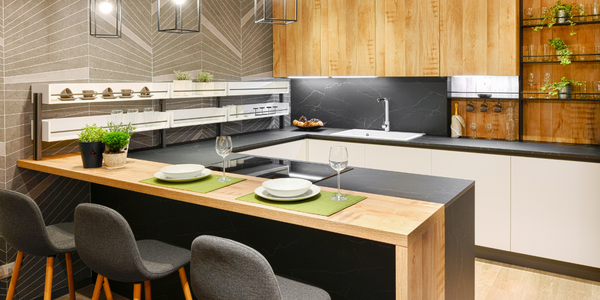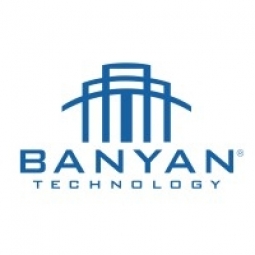公司规模
SME
地区
- America
国家
- United States
产品
- BlenderBottle Classic
- Banyan Technology’s Live Connections platform
- Intelligent Pricing™
- Live Lane Specials™
技术栈
- API-powered system
实施规模
- Enterprise-wide Deployment
影响指标
- Cost Savings
技术
- 功能应用 - 企业资源规划系统 (ERP)
- 功能应用 - 车队管理系统 (FMS)
适用行业
- 消费品
适用功能
- 物流运输
用例
- 车队管理
- 供应链可见性(SCV)
服务
- 系统集成
关于客户
The BlenderBottle Company is a privately-held manufacturer based in Lehi, Utah. The company specializes in creating premium and innovative products that help simplify everyday life. One of their notable products is the BlenderBottle Classic, which is the industry’s original portable mixer. The company ships its products to a network of distribution centers for large retailers such as Walmart and Target. To manage its operations, the company uses an enterprise resource planning (ERP) system.
挑战
BlenderBottle Company, a manufacturer of innovative products, was looking for a way to better manage its freight and shipment selections across its carrier base. The company ships products to a network of distribution centers for large retailers such as Walmart and Target. The challenge was to find a solution that could integrate with the company's existing enterprise resource planning (ERP) system and provide dynamic pricing options for freight.
解决方案
BlenderBottle Company integrated Banyan Technology’s Live Connections platform with its ERP system. This platform introduced Intelligent Pricing™, the industry’s first true dynamic pricing tool. With this tool, BlenderBottle’s carriers can now instantly offer pricing incentives on top of the company’s contracted discounts on negotiated rates through its API-powered system. These Live Lane Specials™, defined by geography, shipment attributes, and even customer behaviors, are automated to appear within BlenderBottle’s system workflow as staff are making live routing decisions.
运营影响
数量效益

Case Study missing?
Start adding your own!
Register with your work email and create a new case study profile for your business.
相关案例.
.png)
Case Study
Improving Vending Machine Profitability with the Internet of Things (IoT)
The vending industry is undergoing a sea change, taking advantage of new technologies to go beyond just delivering snacks to creating a new retail location. Intelligent vending machines can be found in many public locations as well as company facilities, selling different types of goods and services, including even computer accessories, gold bars, tickets, and office supplies. With increasing sophistication, they may also provide time- and location-based data pertaining to sales, inventory, and customer preferences. But at the end of the day, vending machine operators know greater profitability is driven by higher sales and lower operating costs.

Case Study
Series Production with Lot-size-1 Flexibility
Nobilia manufactures customized fitted kitchens with a lot size of 1. They require maximum transparency of tracking design data and individual processing steps so that they can locate a particular piece of kitchen furniture in the sequence of processes.

Case Study
American Eagle Achieves LEED with GE LED Lighting Fixtures
American Eagle Outfitters (AEO) was in the process of building a new distribution center. The AEO facility management team decided to look at alternate options for lighting layout that could provide energy and maintenance savings. AEO would need a full-time maintenance employee just to replace burned-out fluorescent tubes.

Case Study
Revolutionizing Rodent Control
From pet- and child-safe traps, to touch-free and live-catch rodent control solutions, Victor continues to stay committed to producing superior products that meet the varying needs of today’s pest control professionals. And, with a long standing history supporting customers in the food processing, service, and retail settings, Victor knew that strict regulations were costing organizations thousands of dollars in excess overhead trying to manage their rodent-control solutions. Trap inspections in these environments are often difficult and time consuming, requiring personnel to manually check a trap’s status multiple times per day, amounting to over six hours of manual labor. Victor is looking for an innovative way to increase operational efficiencies with the use of technology.









